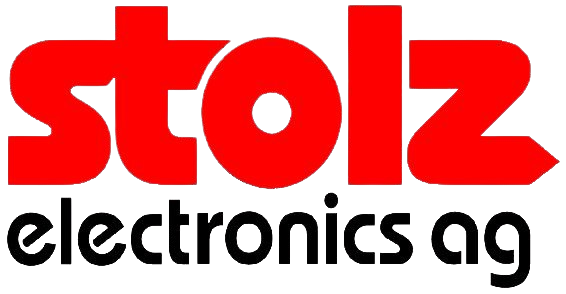News / Blog
The Future of Smart Devices How Electronic Components Are Revolutionizing Technology
As we progress further into the 21st century, the landscape of technology is increasingly defined by the integration of smart devices into our daily lives. Central to this revolution are electronic components, which serve as the backbone of modern gadgets, enabling seamless communication, automation, and enhanced user experiences. According to a report by Grand View Research, the global market for electronic components is expected to reach USD 2.1 trillion by 2028, growing at a compound annual growth rate (CAGR) of 5.2%. This growth is driven by advancements in Internet of Things (IoT) applications, diminishing device sizes, and the rising demand for smart home technologies. As these components become more sophisticated, they not only enhance the functionality of devices but also pave the way for innovative technologies that will shape the future, making it imperative to understand their role in shaping user interaction and lifestyle.
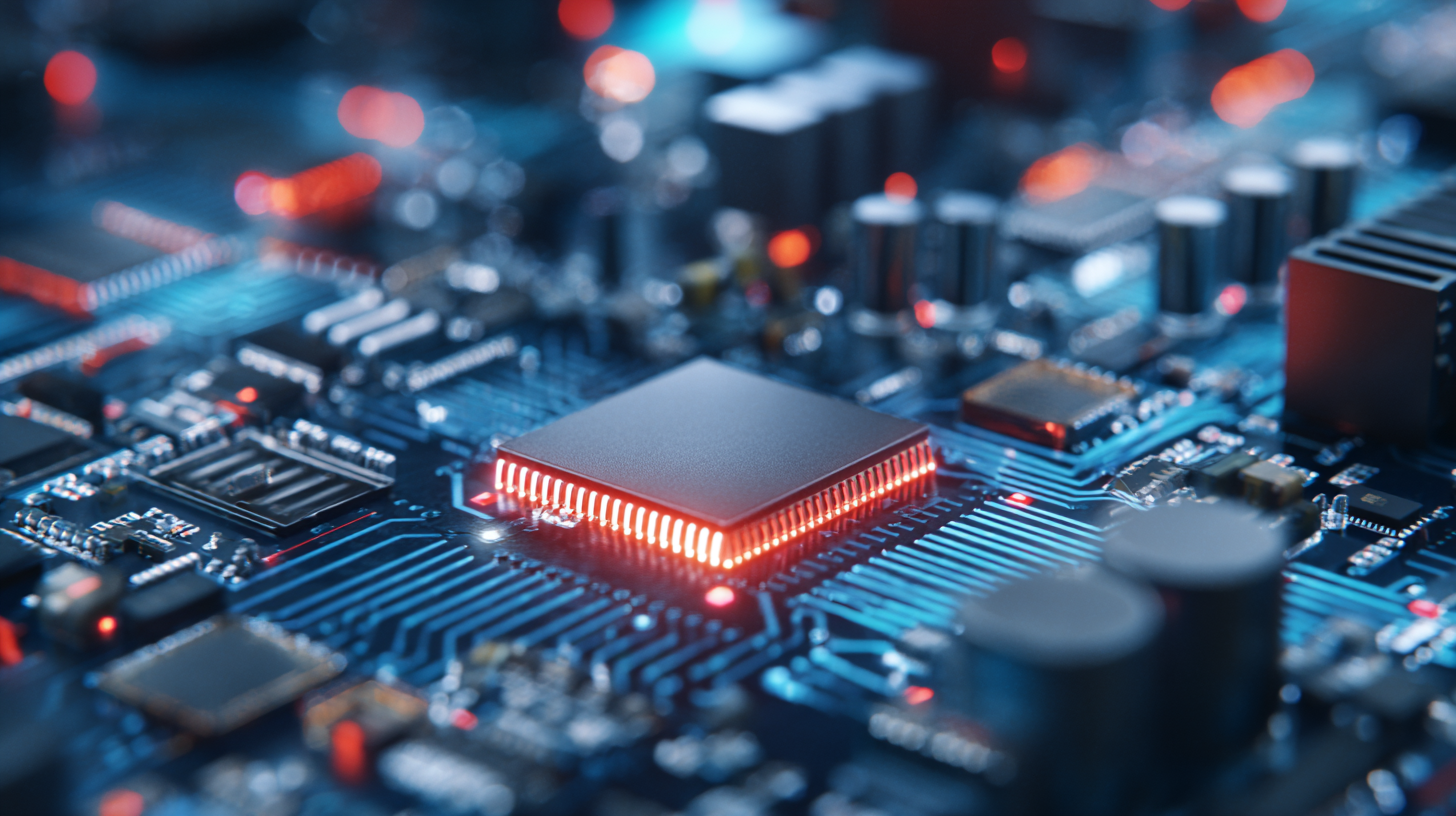
The Evolution of Electronic Components in Smart Devices
The evolution of electronic components has been crucial in the advancement of smart devices, transforming how we interact with technology. According to a recent report from MarketsandMarkets, the global electronic components market is projected to reach $1.14 trillion by 2025, driven largely by the demand for smart devices across various sectors. This growth can be attributed to the miniaturization of components, enhanced connectivity options, and improved energy efficiency, which have allowed for more sophisticated and versatile device functionalities.
One of the significant trends in this evolution is the integration of artificial intelligence and machine learning capabilities into electronic components. A study by Semico Research indicates that the AI semiconductor market alone will grow at a CAGR of 26.6%, reaching $29.8 billion by 2025. This shift is enabling smart devices to become more autonomous and responsive, ushering in an era of personalized user experiences. The advancements in sensors, processors, and communication modules are setting the stage for a future where smart devices are not only more capable but also indispensable in our daily lives.
The Evolution of Electronic Components in Smart Devices
Key Innovations Driving the Smart Technology Revolution
The landscape of smart technology is rapidly evolving, driven by key innovations in electronic components. One of the most significant advancements is the miniaturization of sensors, which allows for more compact and efficient devices. These tiny yet powerful sensors gather vast amounts of data, enabling applications from health monitoring in wearables to automation in smart homes. This improvement not only enhances user experiences but also paves the way for more interconnected systems, forming the backbone of the Internet of Things (IoT).
Another critical innovation is the development of energy-efficient processing units. As smart devices become increasingly sophisticated, their computational needs grow, demanding processors that can handle complex tasks without draining battery life. Innovations such as low-power microcontrollers and advanced energy management systems allow devices to operate longer on a single charge, making them more practical for everyday use. These enhancements are fundamental in driving the adoption of smart devices, ensuring they remain functional and relevant in our increasingly digital lives.
The Impact of IoT on Modern Electronics and Smart Devices
 The Internet of Things (IoT) is fundamentally transforming modern electronics and smart devices, fueling remarkable growth in the global IoT chip market, which is projected to reach a staggering $605.9 billion by 2024. This growth trajectory suggests a surge to $16.66 trillion by 2032, indicating a compound annual growth rate of 13.5% during this period. At the core of this technological revolution are IoT sensors, miniature powerhouses that gather and transmit real-time data, driving innovation and efficiency across various sectors.
The Internet of Things (IoT) is fundamentally transforming modern electronics and smart devices, fueling remarkable growth in the global IoT chip market, which is projected to reach a staggering $605.9 billion by 2024. This growth trajectory suggests a surge to $16.66 trillion by 2032, indicating a compound annual growth rate of 13.5% during this period. At the core of this technological revolution are IoT sensors, miniature powerhouses that gather and transmit real-time data, driving innovation and efficiency across various sectors.
Tips: When integrating IoT technology into your home, consider starting with smart sensors that can monitor energy consumption or security. These devices not only enhance convenience but can also provide valuable insights into your habits and routines, resulting in cost savings and improved security.
Moreover, the rise of smart kitchen appliances illustrates the expanding influence of the IoT. The market for these devices is expected to grow significantly, from $32.56 billion in 2024 to nearly $481.85 billion by 2033. These innovative products are transforming daily routines, making cooking and meal preparation more efficient and enjoyable.
Tips: While choosing smart appliances, prioritize those that offer interoperability with existing devices. This ensures a seamless user experience and maximizes the potential of your connected home ecosystem.
Challenges and Opportunities in Smart Device Manufacturing
The smart device manufacturing sector is witnessing unprecedented challenges and opportunities as it seeks to innovate and meet the increasing demand for enhanced functionality and connectivity. According to a report by Gartner, the global market for smart devices is projected to reach 5.3 billion units by 2026, driven primarily by advancements in electronic components such as sensors, microcontrollers, and communication modules. However, manufacturers face significant hurdles, including supply chain disruptions and the rising cost of semiconductor materials. The ongoing chip shortage, exacerbated by global events, has highlighted vulnerabilities in the production process, leading companies to reconsider their sourcing strategies and invest in local manufacturing capabilities.
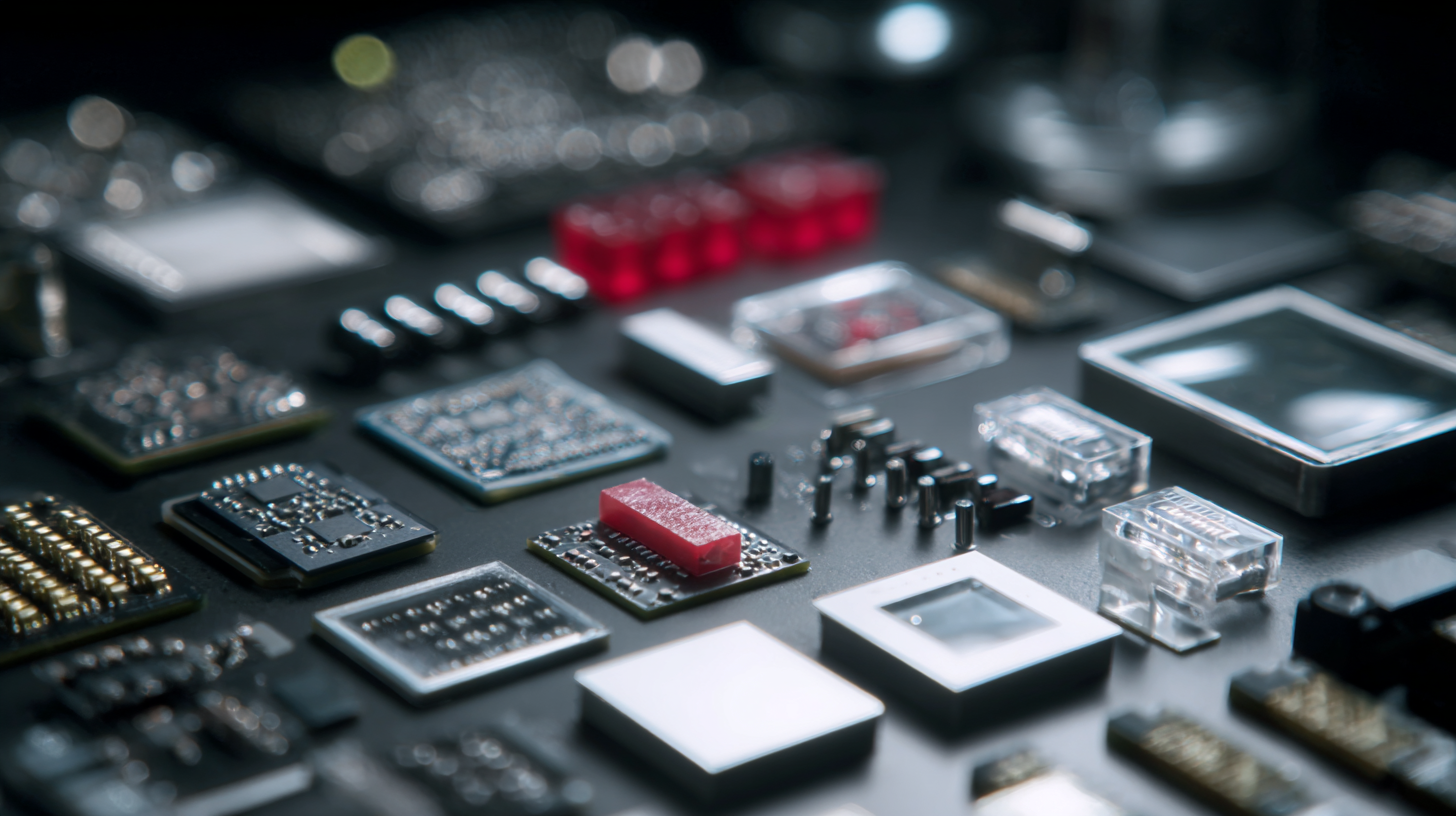
At the same time, these challenges present unique opportunities for innovation. The integration of artificial intelligence and machine learning in smart devices is set to enhance user experiences and operational efficiencies, with IDC forecasting that AI-related spending in the tech sector will surpass $500 billion by 2023. Manufacturers can leverage these technologies to differentiate their products and optimize manufacturing processes. Additionally, the push towards sustainable practices provides an avenue for growth, as consumers increasingly seek eco-friendly smart devices. Industry leaders who embrace these trends while navigating the current landscape may position themselves advantageously in the rapidly evolving market.
Future Trends in Electronic Component Design and Functionality
The electronic components landscape is poised for significant transformation, driven by emerging technologies such as 5G, artificial intelligence, and electric vehicles. According to market research, the wire-wound surface-mounted inductor market is projected to reach a value of $1,200.48 million in 2024, with an expected growth rate of 4.33%, culminating in $1,685.5 million by 2032. This growth underscores the increasing demand for advanced electronic components that enhance smart device functionality.
At the forefront of this evolution is the Shenzhen International Electronics Components and Materials Procurement Exhibition, taking place from October 28-30, 2025. This expo will showcase the latest advancements in electronic components and their functionality, reflecting the industry's shift towards a more interconnected electronic and electrical (E/E) systems architecture. As more automotive features become integrated into these systems, the implications for E/E architecture development are profound, suggesting a future with limitless possibilities as technology continues to synergize with market demands. The trends in electronic component design will not only foster innovation but also present unique opportunities for stakeholders in the evolving tech landscape.
The Future of Smart Devices: How Electronic Components Are Revolutionizing Technology
| Dimension | Current Trends | Future Predictions |
|---|---|---|
| Miniaturization | Smaller components but increased functionality. | Components that fit in less than 1mm space. |
| Connectivity | Widespread use of IoT. | Seamless device-to-device communication. |
| Energy Efficiency | Focus on battery life and energy consumption. | Battery-free devices using energy harvesting. |
| Sensor Advancements | Improved precision in data collection. | Smart sensors with AI integration for predictive analytics. |
| Material Innovation | Use of flexible and lightweight materials. | Biodegradable options for sustainability. |
Related Posts
-
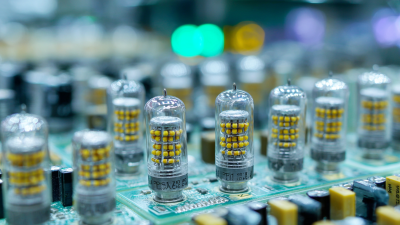
Exploring the Growth of Passive Electronic Components at the 138th Canton Fair 2025: Insights and Opportunities
-
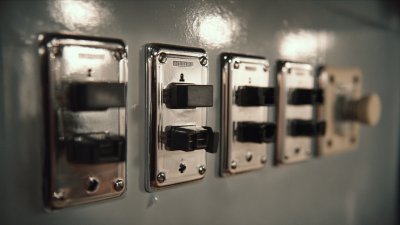
Understanding the Evolution of Electric Switches in Modern Technology
-
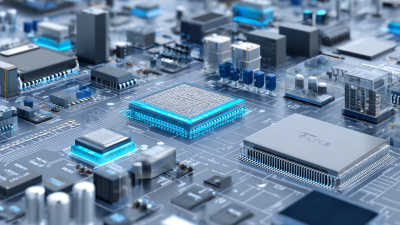
Navigating Trends in Electronic Components at the 138th Canton Fair 2025 in China
-

How to Navigate the Best Electronic Components Website for Your Project Needs
-
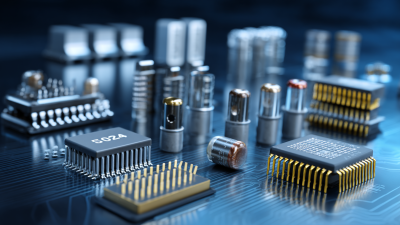
Exploring Market Trends for Electronic Components at the 2025 Canton Fair in China
-
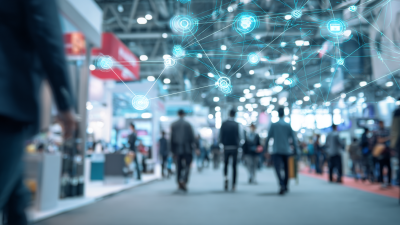
Exploring Market Trends for Electronic Sensors at China's 138th Canton Fair 2025: Insights and Data
